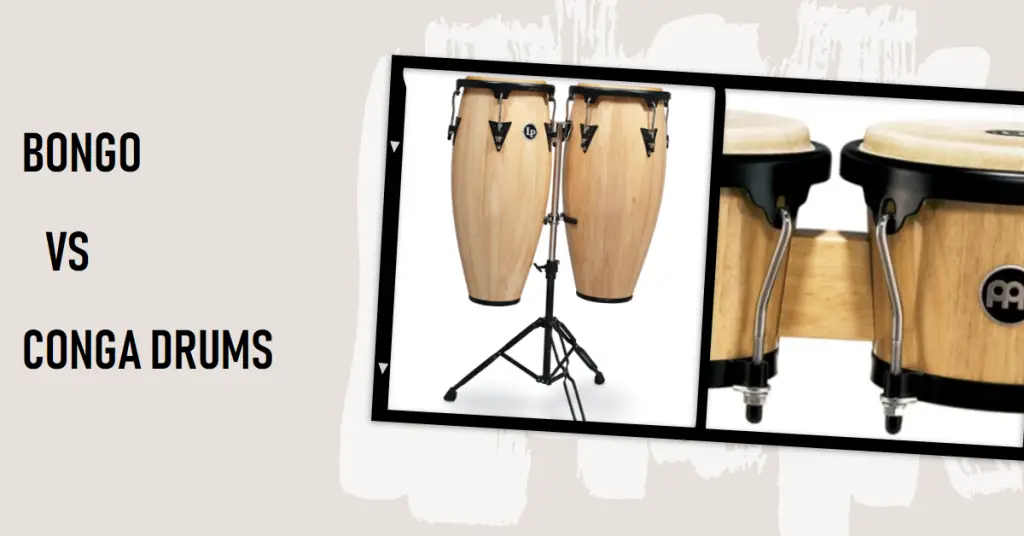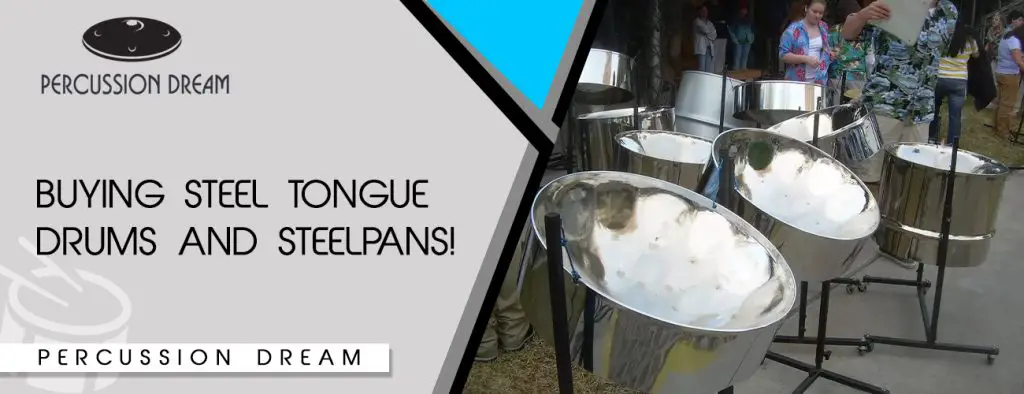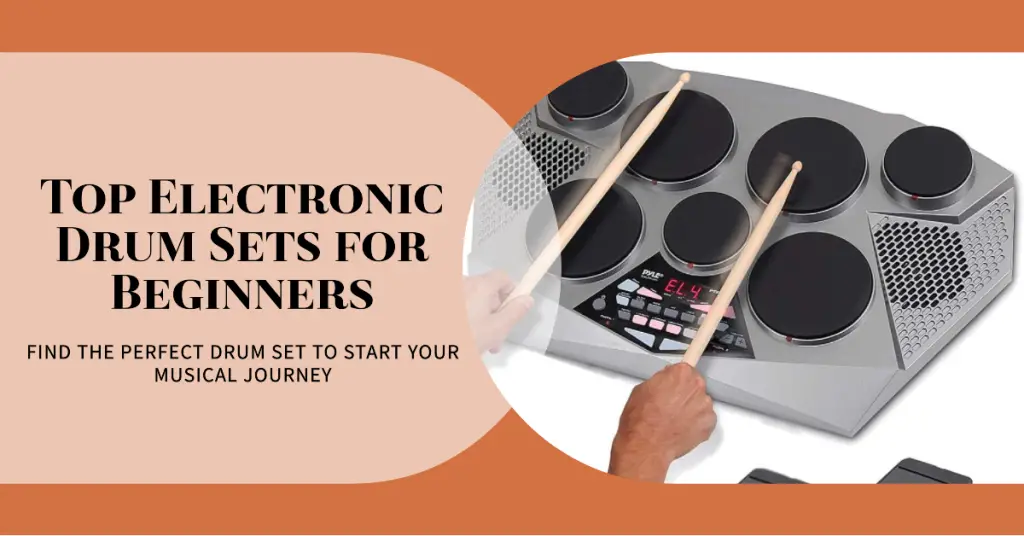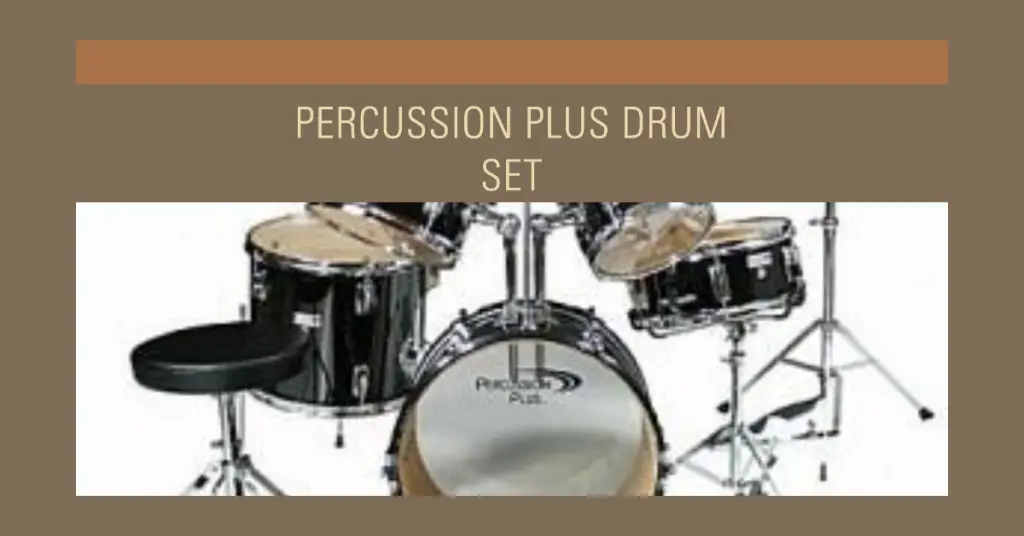Bongos and congas are two of the most popular hand drums used in a variety of musical genres from Latin, Cuban, and Afro-Caribbean to pop, rock, and jazz. But what exactly are the differences and similarities between these ubiquitous percussion instruments?
In this comprehensive guide, we’ll examine the origins, construction, tuning, playing styles, and usage of bongo and conga drums. Whether you’re a percussionist looking to expand your skills or a music fan trying to tell the difference, read on to learn more about these distinct yet complementary drums.
Overview and Origins
Bongos and congas have different backgrounds and contexts where they developed:
Bongos – Small hand drums originally from Africa, adopted into Cuban music. The bongo is an integral part of Afro-Cuban rhythms and ensemble groups.
Congas – Tall, barrel-shaped drums with African/Caribbean roots, but further developed in Cuba and popularized in Latin music. Congas form the core of Latin, salsa, and merengue ensembles.
Now let’s look deeper at the history and evolution of each instrument:
History of the Bongo
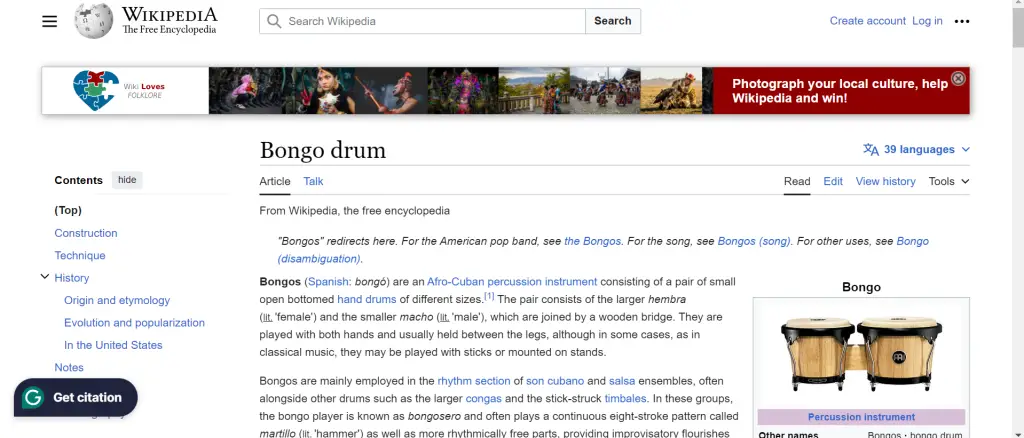
The bongo originated in Africa, where small hand drums were commonly used in tribal rituals and celebrations. As slaves were brought from Africa to 19th-century Cuba, they brought simple percussion instruments like the bongo drum with them.
The bongo was incorporated into emerging Afro-Cuban musical forms like son montuno, guaguanco, and danzon. It found a key role in rumba ensembles, street processions, and comparsa groups.
As Cuban music gained international popularity in the 1940s-50s, the distinct sound of the bongo spread. It became an icon of Latin music and was adopted into other genres like jazz.
History of the Conga
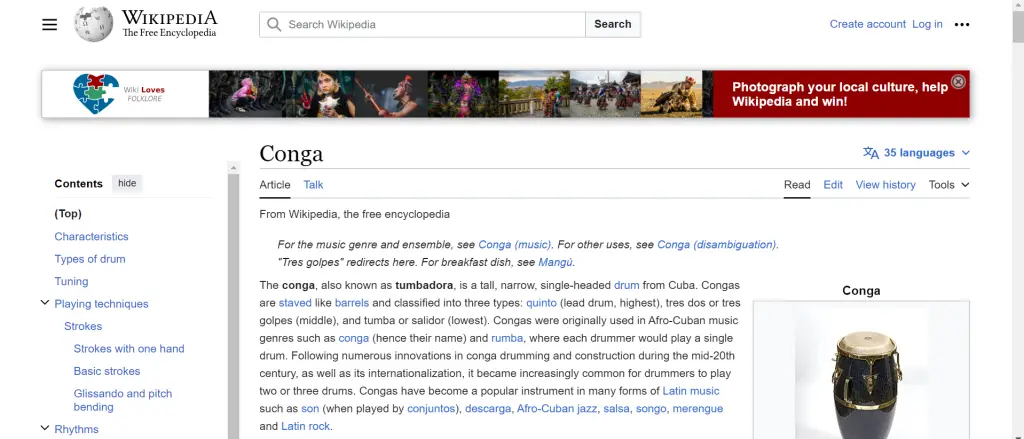
The conga evolved in Cuba in the late 19th century, descending from African barrel drums like the tumbadora. Early congas were similar to their predecessors but incorporated iron hoops and tuning mechanisms.
Congas rose to prominence in Havana with innovators like Arsenio Rodriguez. They became fixtures in conjuntos and Latin big bands. As music evolved into salsa, merengue, and Latin jazz, congas remained a core instrument.
Conga drums gained worldwide fame through artists like Tito Puente and descarga jams in New York City. Their popularity endures today in Latin bands and beyond.
Now that we’ve traced the origins of each drum, let’s examine their physical construction.
Construction and Makeup
Bongos and congas share similarities in their general build, but also have distinct attributes:
| Bongos | Congas | |
|---|---|---|
| Size | Small – 6 to 12 inches tall | Large – 25 to 30 inches tall |
| Shape | Cylindrical, bowl-shaped | Tall, barrel-shaped |
| Shell | Traditionally wood (cedar, mahogany) | Traditionally wood (ash, oak) |
| Head | Natural rawhide or synthetic | Natural rawhide or synthetic |
| Tuning | Metal lugs tension rods | Wood or metal hoops with tension rods |
Some key attributes:
- Size – The most obvious difference is congas are much larger and taller than bongos.
- Shape – Bongos have a bulbous, cylindrical shape while congas have a longer, barrel-like shape.
- Shell – Both traditionally have wooden shell construction, often from different wood types. Modern options exist in fiberglass, metal, acrylic, etc.
- Head – The drum heads were traditionally rawhide (animal skin) but most today have synthetic heads.
- Tuning – Tension can be adjusted via metal lug screws on the rim or traditional rope tensioning. Congas use a combination with metal hoops.
So while the makeup is fundamentally similar, the scale and proportions differ significantly between bongos and congas.
Components and Configurations
Bongos and congas also differ in their standard components and setups:
Bongos
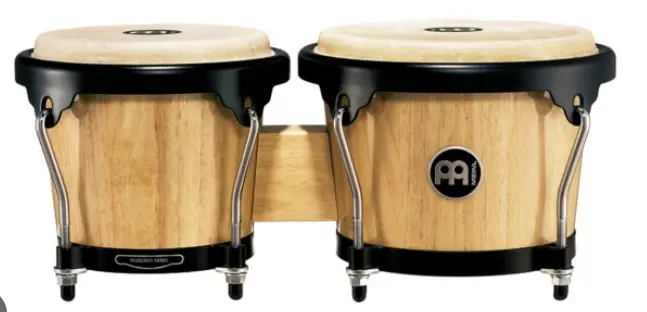
- Played in pairs – usually one macho drum and one hembra drum
- The macho is larger, lower-pitched
- The hembra is smaller, higher-pitched
- Can be attached together via clamps
- Played while seated with drums between legs
Congas
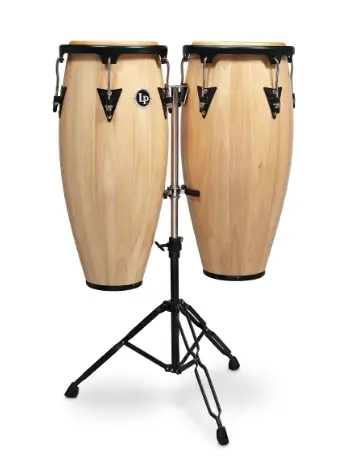
- Played individually or in sets of 2 or 3 drums
- If multiple drums, tuned to different pitches
- Additional congas can provide a lower bass tone
- Played standing upright using a mount or strap
- Can be set on the floor or in conga stand
So bongos are designed as a pair, while congas may be a single drum or multiples. This impacts their setup, mounting options and playing ergonomics.
Range and Tuning
The size contrast results in a notable difference in overall range and tuning between bongos and congas:
Bongos
- Tune to a high and low tone, like two distinct pitches
- Approx range is F3 to C5
- Larger macho drum is around F3 to C4
- Smaller hembra drum tunes higher, C4 to C5
Congas
- Produce a full spectrum of tones from low to high
- Largest congas tune approx. G1 to C4
- Medium congas A2 to F4
- Smaller congas C3 to A4
So bongos essentially function as a two-note drum, while congas can produce a wide range of tones depending on head size and tuning.
Playing Styles and Techniques
Playing techniques also differ given the different contexts of bongos vs. congas:
Bongo
- Played with fingers and palms
- Emphasis on polyrhythmic patterns
- Important rhythms: martial, son clave
- Call and response between drums
- Incorporates techniques like:
- Muffled tone (pa)
- Open tone (tu)
- Palm heel strikes
- Finger rolls / tresillo
Conga
- Played with hands, fingers and palms
- Wider range allows more tonal variety
- Essential rhythms: clave, mambo, guaguanco, salsa
- Emphasizes “melodic” playing across multiple drums
- Common techniques:
- Open tone (toon)
- Bass tone (doom)
- Slap tone (tak)
- Muffled tone (krr)
- Rims used for drum rimshots
So bongo playing is more about interlocking rhythms, while congas are melodic and rhythmic simultaneously.
Musical Genres and Uses
Due to their different backgrounds, bongos and congas developed roles in distinct musical genres:
Bongos
Most associated with:
- Afro-Cuban music – rumba, guaguanco, comparsa
- Latin jazz and salsa
- Rock and pop music
Congas
Most associated with:
- Salsa music
- Latin jazz
- Merengue
- Cumbia
- Vallenato
- Cuban son
- Brazilian samba
Of course there is crossover – congas appear in jazz and rock for example. But in contexts like salsa bands, the conga is fundamental while the bongo is absent. Their signatures sounds fit the different genres.
Summary: Key Differences
In summary, here are the key differences that set bongos and congas apart:
- Size – Congas are much larger and taller than compact bongos.
- Setup – Bongos played as a pair vs. congas as single or multiple drums.
- Range – Bongos have a two tone range while congas have a full spectrum.
- Context – Bongos evolved in Afro-Cuban music, congas in salsa/Latin.
- Playing Style – Interlocking bongo rhythms vs. melodic conga lines.
- Musical Role – Bongos for rhythmic foundation vs. congas for ensemble centerpiece.
- Tone – The staccato bongo “pops” vs. the deep resonant conga tones.
- Ensemble Fit – Bongos in percussion sections vs. congas as lead rhythm.
Yet at the core, both are hand drums derived from similar African roots and techniques. Their differences can be seen as complementary rather than contradictory.
Similarities Between Bongos and Congas
Despite their differences, bongos and congas share common bonds:
- Materials – Traditionally wooden shell construction with animal skin heads.
- Tuning – Both use metal tension rods and adjustable hoops for pitch changes.
- Playing – Played primarily with hands and fingers, using techniques like finger tips, palms and slaps.
- Rhythms – The clave pattern is essential to both bongo and conga rhythms.
- Roles – Provide rhythmic drive and groove to the ensemble sound.
- Origins – Descended from ancient African drumming traditions.
- Culture – Important instruments in Afro-Cuban musical forms.
So they derive from a common drumming heritage and share rhythmic/cultural significance in Cuban and Latin music.
Choosing Between Bongos vs. Congas
Given the differences and similarities, when choosing between bongos vs. congas, consider:
- Music styles – Bongos for Afro-Cuban, congas for salsa/Latin.
- Ensemble needs – Bongos for supporting rhythms, congas for lead parts.
- Tone qualities – Bright bongo pops vs. deep, resonant conga tones.
- Budget – Bongos are more affordable than congas.
- Setup – Do you need a drum pair or solo drum?
- Size – Can you accommodate the large size of congas?
Ideally, both offer advantages that can be combined. Many percussionists use congas and bongos together depending on the needs of the music.
Conclusion
Bongo and conga drums have distinctions in their size, construction, tones and playing styles. But they also share common African heritage, functions in Afro-Cuban music and techniques.
In many ways bongos and congas can be viewed as complementary instruments. Their different qualities expand the rhythmic palette. Understanding the nuances of each drum provides percussionists with more tools to create dynamic, propulsive grooves.
Next time you hear bongos or congas, listen more closely to their unique voices. But also recognize they exist as part of a unified family – the diverse world of drums!

